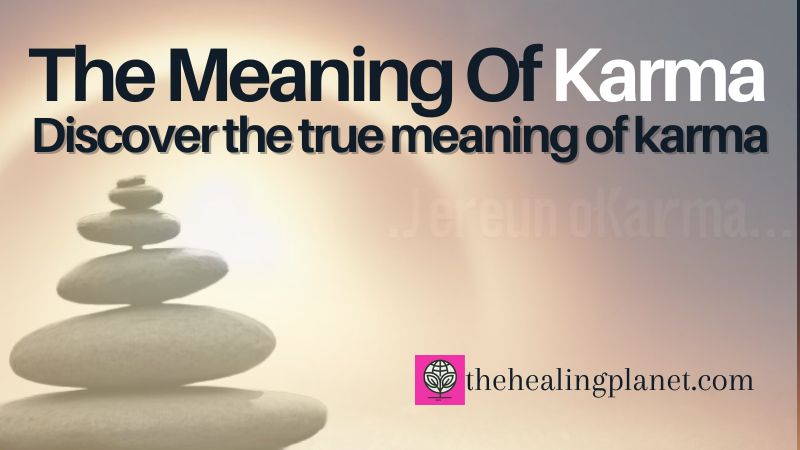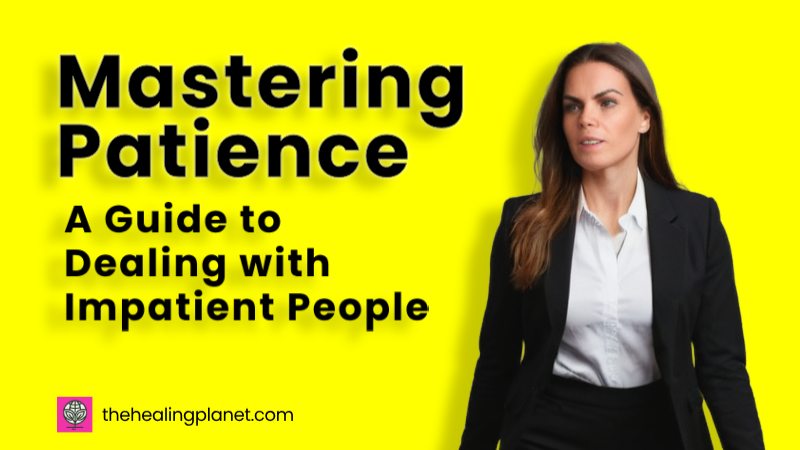Embark on a journey of problem-solving mastery with these 10 effective strategies. Discover how to identify, analyze, and solve problems effectively, transforming challenges into opportunities for growth and success.
Table of Contents
The article covers the following points:
- Problem identification
- Root cause analysis
- Solution generation
- Solution evaluation
- Implementation and monitoring
Introduction
Problem-solving is an essential skill that plays a fundamental role in our personal and professional lives. Whether we encounter challenges at work, in relationships, or in achieving our goals, the ability to effectively solve problems can lead to growth, success, and a sense of fulfillment. In this blog post, we will discuss ten powerful strategies that can help you conquer challenges and unleash the power of problem-solving.
Strategy 1: Develop a Problem-Solving Mindset
To become an effective problem solver, it is important to cultivate a positive and proactive mindset. This involves approaching problems as opportunities for growth and learning. By adopting a growth mindset, you believe that your abilities and intelligence can be developed through dedication and hard work. This mindset allows you to view challenges as temporary setbacks and motivates you to seek solutions.
Here are a few practical tips to develop a problem-solving mindset:
- Embrace challenges as learning opportunities.
- Replace negative self-talk with positive affirmations.
- Seek feedback and see it as a chance to improve.
Strategy 2: Identify the Root Cause
To effectively solve a problem, it is crucial to identify its root cause. Often, we focus on addressing the symptoms without understanding the underlying issues. By digging deep and uncovering the real cause, we can develop more targeted and effective solutions.
The 5 Whys method is a powerful tool to identify the root cause of a problem. It involves repeatedly asking “Why?” to determine the underlying factors contributing to the issue. By doing so, you move beyond the superficial symptoms and get to the heart of the problem.

Strategy 3: Analyze and Gather Information
Analyze and gather relevant information to make informed decisions. Data-driven problem-solving allows you to have a comprehensive understanding of the situation and identify potential solutions.
There are various strategies you can use to analyze and gather information:
- Perform a SWOT (Strengths, Weaknesses, Opportunities, and Threats) analysis.
- Conduct brainstorming sessions with a team to generate ideas.
- Use techniques like mind mapping to visualize information and relationships.
Strategy 4: Encourage Collaboration and Diversity of Thought
Collaboration and diversity of thought can greatly enhance problem-solving outcomes. By involving people with different perspectives and expertise, you gain insights that you may have overlooked on your own.
Here’s how you can foster collaboration and diversity of thought:
- Create spaces for open dialogue and idea-sharing.
- Encourage active listening and respect for diverse opinions.
- Use technology platforms for virtual collaboration.
Strategy 5: Break Down Problems into Manageable Parts
Complex problems can often feel overwhelming and insurmountable. Breaking them down into smaller, more manageable parts helps to simplify the process and make it more approachable.
To break down problems effectively:
- Identify the main components or subtasks of the problem.
- Set clear objectives and milestones for each part.
- Focus on one part at a time to avoid feeling overwhelmed.
Strategy 6: Use Creative Problem-Solving Techniques
When faced with a difficult problem, creative problem-solving techniques can help generate innovative and unique solutions. Techniques like mind mapping, brainstorming, and lateral thinking can break you out of conventional thought patterns and spark fresh ideas.
Here are some creative problem-solving techniques to explore:
- Try brainstorming without constraints or judgment.
- Use visualization techniques like mind maps or mood boards.
- Practice thinking from different perspectives or challenging assumptions.
Strategy 7: Take Calculated Risks
Successful problem-solving often requires taking calculated risks. Stepping outside of your comfort zone and trying new approaches can lead to breakthrough solutions. It is important to evaluate risks and weigh potential rewards before making decisions.
Consider the following when taking calculated risks:
- Assess the potential benefits and drawbacks of each option.
- Consider the consequences of not taking action.
- Trust your intuition and use it as a guide.
Strategy 8: Learn from Mistakes and Adapt
Failing is a natural part of problem-solving. Embrace mistakes and failures as learning opportunities. Reflecting on what went wrong and adapting your approach can lead to improved problem-solving skills.
Here’s how you can learn from mistakes and adapt:
- Ask for feedback and identify areas of improvement.
- Experiment with different strategies and approaches.
- Share lessons learned with others to foster a culture of continuous improvement.
Strategy 9: Practice Persistence and Resilience
Conquering challenges requires persistence and resilience. Problem-solving journeys can be long and arduous, but staying motivated and committed to finding solutions is key to success.
To practice persistence and resilience:
- Set realistic expectations and acknowledge progress, no matter how small.
- Seek support from mentors or a supportive network.
- Celebrate successes and use them as fuel to keep going.
Strategy 10: Evaluate and Reflect
Evaluation and reflection are crucial to continuous improvement. By evaluating the effectiveness of your solutions and reflecting on the problem-solving process, you can refine your approach and become a more efficient problem solver.
To evaluate and reflect:
- Assess the outcomes of your solutions and identify areas for improvement.
- Keep a problem-solving journal to document your thought processes and lessons learned.
- Regularly review and revise your problem-solving strategies based on feedback and new experiences.
Conclusion
Problem-solving is a skill that can be developed and mastered.
Embrace problem-solving as a lifelong journey and watch how it transforms your ability to overcome obstacles and achieve success.










